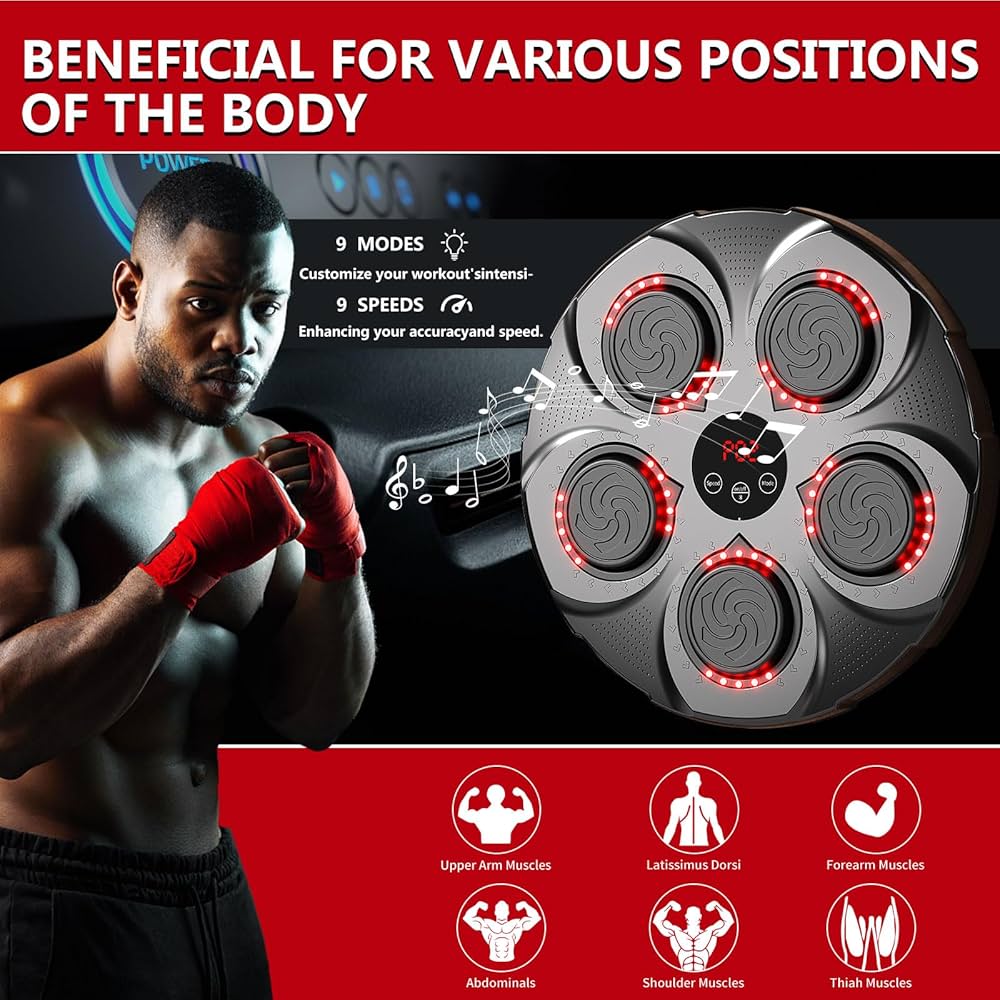Alright, so let me tell you about my little adventure with “boxer recordings”. I’ve been messing around with audio stuff for a while, mostly just basic recording and editing, but I wanted to dive a bit deeper, especially into capturing multiple audio sources at once. This “boxer recordings” thing seemed like a cool way to do it.
It all started with me wanting to record my band’s rehearsals better. We were just using a single mic stuck in the middle of the room, and it sounded… well, like a single mic in the middle of the room. Muddy, unbalanced, you name it. I figured if I could somehow record each instrument separately, I could mix it later and get a decent demo without having to go to a real studio.

First, I did some digging online. A bunch of forums and YouTube tutorials later, I had a basic idea of what I needed: an audio interface with multiple inputs, some mics (duh), and software that could handle multi-track recording. I already had a decent condenser mic, so I just needed to grab a few more dynamic mics for the drums and amps. I ended up snagging a used Behringer interface with 8 inputs – figured that’d be enough to start.
Then came the fun part: setting everything up. I wired up each instrument and drum mic to the interface. For the drums, I used one mic for the kick, one for the snare, and a couple of overheads to capture the cymbals and overall kit sound. Guitar and bass amps each got their own mic close to the speaker. Vocals went through my condenser mic with a pop filter. It looked like a total octopus of cables, but hey, that’s rock ‘n’ roll, right?
On the software side, I went with Reaper. It’s affordable, powerful, and has a ton of features. I set up a separate track for each input from the interface, named them accordingly (Kick, Snare, Guitar 1, Bass, Vocals, etc.), and armed them for recording. This took a bit of fiddling, making sure each input was routed to the correct track in Reaper.
The first few attempts were a disaster. Levels were all over the place, some mics were picking up too much bleed from other instruments, and the overall sound was still pretty rough. I spent a good hour just adjusting mic positions and input gains on the interface, trying to get a cleaner signal from each source.
After a few more tries, things started to improve. I learned to use the EQ and compression plugins in Reaper to clean up the individual tracks. Cutting some of the low-end rumble from the guitar tracks and boosting the high-end on the vocals made a big difference. Also, I discovered the magic of gate plugins on the drum tracks – they helped to reduce the amount of cymbal bleed in the snare mic.
Mixing was still a challenge, but it was way easier than trying to fix everything with just a single stereo recording. I could adjust the levels of each instrument separately, pan them in the stereo field, and add effects like reverb and delay to create a more polished sound. It took a lot of tweaking, but eventually, I got to a point where I was happy with the result.
The final mix wasn’t perfect, of course. There were still some issues with mic bleed and room acoustics, but it was a huge improvement over our previous recordings. Plus, I learned a ton about recording techniques, gain staging, and mixing in the process. It was a bit of a headache at times, but totally worth it.

So, yeah, that’s my “boxer recordings” story. It’s not as fancy as a professional studio, but it’s a fun and affordable way to capture our band’s music. And who knows, maybe one day I’ll actually figure out what I’m doing!

















